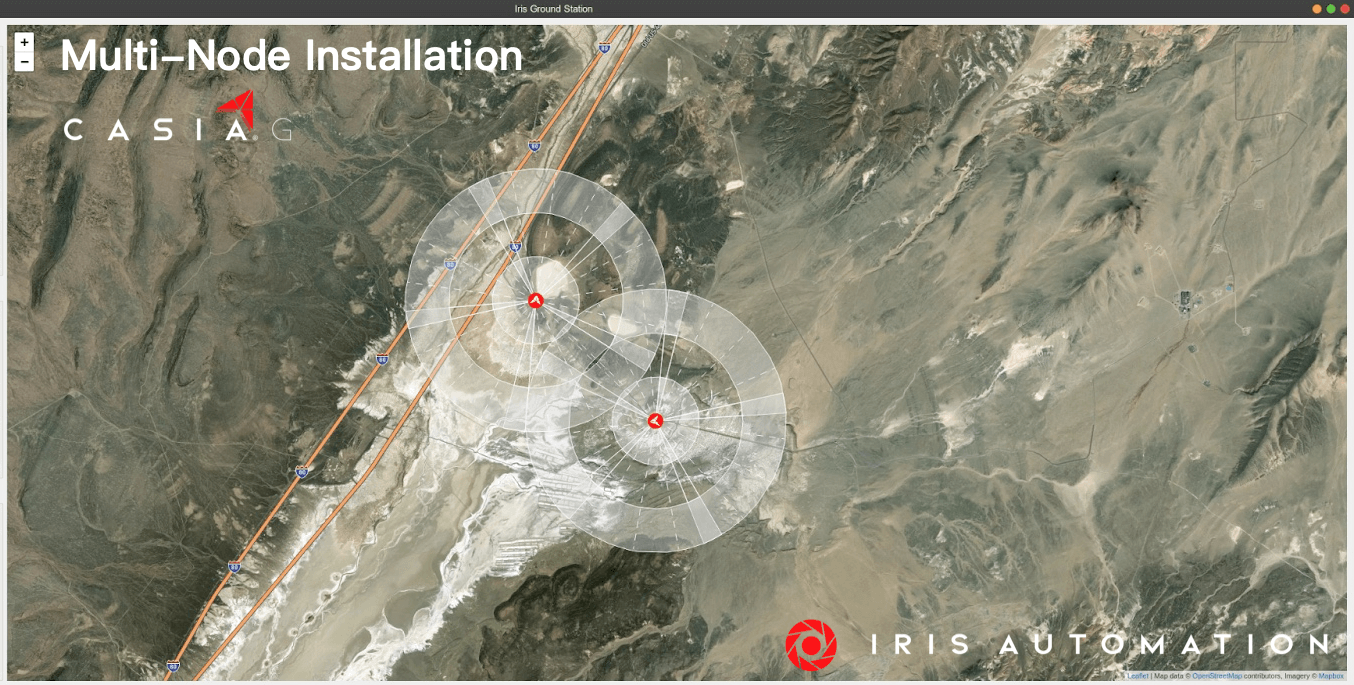
Aviation safety tech specialist Iris Automation has received its third waiver for beyond visual line of sight (BVLOS) flights on behalf of the Reno Fire Department (RFD), which will be able to use the added authorization to continue testing drones in dangerous river rescue situations.
Reno-based Iris Automation has been working with its hometown RFD on BVLOS drone operations during rescue testing, and had obtained two earlier Federal Aviation Administration (FAA) waivers under the BEYOND program. The third of those granted this month will allow the partners to trial UAV use in river rescue scenarios to enable faster, more efficient reaction, and reduce the hazards responders are exposed to in those emergencies.
Iris Automation says the additional BLVOS waiver will open up an even wider range of operational capabilities during the RFD’s testing of drones in the Carson River area, and expand the scope of that activity by using both onboard and ground-based detect-and-alert utilities.
Read: Overhead Intelligence and Iris Automation avionics enable EVLOS-BVLOS drone surveys
Iris Automation’s Casia G uses patented detect and alert technology to create a stationary perimeter of monitored airspace, enabling drones to perform their missions in a safe, sanitized aerial environment. When piloted aircraft enters those spaces, the solution provides the UAV’s Remote Pilot in Command (RPIC) with accurate situational awareness, permitting operators to navigate their craft out of the way.
In use for the RFD’s rescue drones under the BLVOS waivers, Iris Automation tech will allow pilots to operate craft at increasingly farther distances from RPIC centers, and over wider areas that would otherwise be feasible.
That’s achieved by deploying paired Casia G nodes, and expanding the resulting network by using additional units. Ultimately, that could potentially enable a grid of Iris Automation tech systems to provide airspace awareness of non-cooperative aircraft over very large areas – giving drone pilots more time to assess alternative aircraft flight trajectories, and execute minimally disruptive avoidance maneuvers.
Read: Iris Automation: A closer look at detect and avoid
RFD chief Dave Cochran says the approach allows his forces to leverage Iris Automation detection and navigational safety solutions to increase the effectiveness of drones in river emergencies, and allow rescuers to identify and avoid some of the most dangerous situations they present.
“During a river rescue operation, water exposure is dangerous for victims and first responders,” Chochran says. “We believe that the use of drones during river rescue operations could reduce response times and save lives. The waiver that Iris Automation has been granted puts our program one step closer to being able to utilize drones during rescue operations within the City of Reno.”
FTC: We use income earning auto affiliate links. More.
Comments